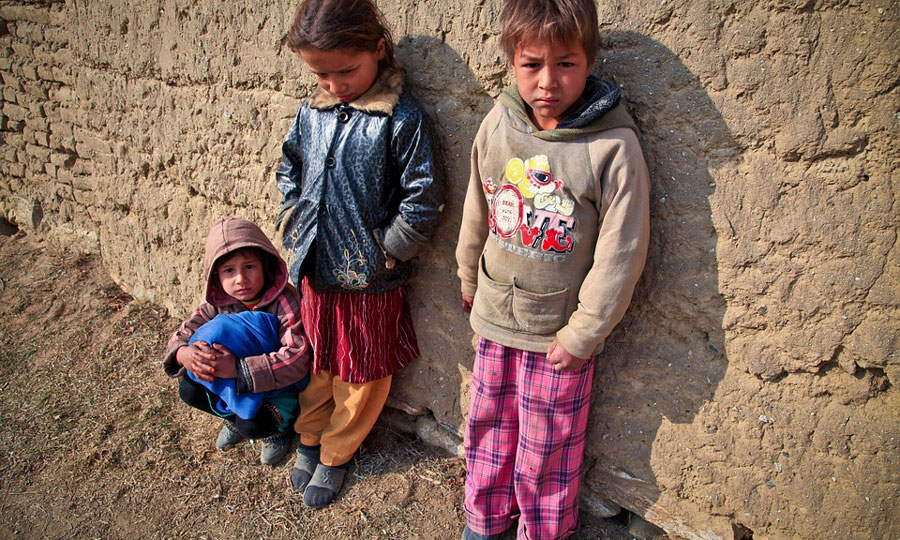
ALBANY N.Y. – A new report says the percentage of children living in areas of concentrated poverty has dropped in 29 states, but here in New York the numbers remain unchanged.
The report, from the Annie E. Casey Foundation, says in 2017, 12% of children nationally lived in areas where 30% of the community or more are below the poverty line, a slight decrease since 2012. But in New York state, that number remained unchanged at 17%.
Peter Nabozny, director of policy at The Children’s Agenda, says upstate cities such as Buffalo, Rochester and Schenectady have had incredibly high poverty rates for a very long time.
“The economic growth that we’ve seen in the country as a whole hasn’t happened in those areas,” says Nabozny. “So children growing up in those communities are still facing really tough odds.”
Nationally, more than 8.5 million children live in areas of concentrated poverty.
The Annie E. Casey Foundation’s Associate State Director of Advocacy Scot Spencer notes that children in areas of concentrated poverty often lack access to healthy food and quality medical care while facing increased violence and environmental hazards such as lead.
“Concentrated poverty creates a problem for children,” says Spencer. “But living in mixed-income neighborhoods allows all children to thrive and do well.”
A 2015 study showed that children who moved from low-income neighborhoods to more affluent areas had higher income as adults than their peers who stayed behind.
There are also wide racial disparities marking areas of high poverty. Nabozny points out that long-standing practices such as red-lining and zoning laws that make it easier to build affordable housing in cities help create pockets of concentrated poverty.
“It’d be best if we built affordable housing in areas with low concentrations of poverty so that low-income children aren’t growing up in these highly concentrated impoverished areas,” says Nabozny.
The report’s recommendations include revising zoning laws in areas that only allow single-family houses and property tax relief for people with low or fixed incomes.



Comments are closed.